Basic Guide to Screwdrivers
The handiest hand-tool to have on hand!
Even if you don’t consider yourself a “DIYer” you’ll find yourself needing a screwdriver at some point! Whether it’s to open an electronic or toy to change the batteries, to assemble furniture, or remove the outlet covers so you can paint, a screwdriver is one of the handiest hand tools to have on hand. We'll go over the several types and available styles of screwdrivers, and the uses for each of them. By the end of this article, you’ll be able to tell your Phillips from your Robertsons!
Screwdriver Basics
Screwdrivers are a type of hand tool that have been used for centuries in order to drive or remove screws from a material. A screwdriver is typically made up of three components; the handle, the shaft or shank, and the tip or bit. These components can be made of various materials and come in different lengths, depending on how or where they’re being used. Handles are typically plastic but may have a rubber element for a more comfortable grip. The shank will be round or hexagonal in shape and made from strong steel to avoid warping or deforming with use. Both handles and shanks will come in various lengths. A stubby handle lets you work in tight areas, while a screwdriver with a long shank has a greater reach. Along with the varying lengths, the bits will have assorted sizes as well depending on the type of screws you’re using. Small objects like electronics or jewelry require precision, while an appliance has larger screws holding it together.
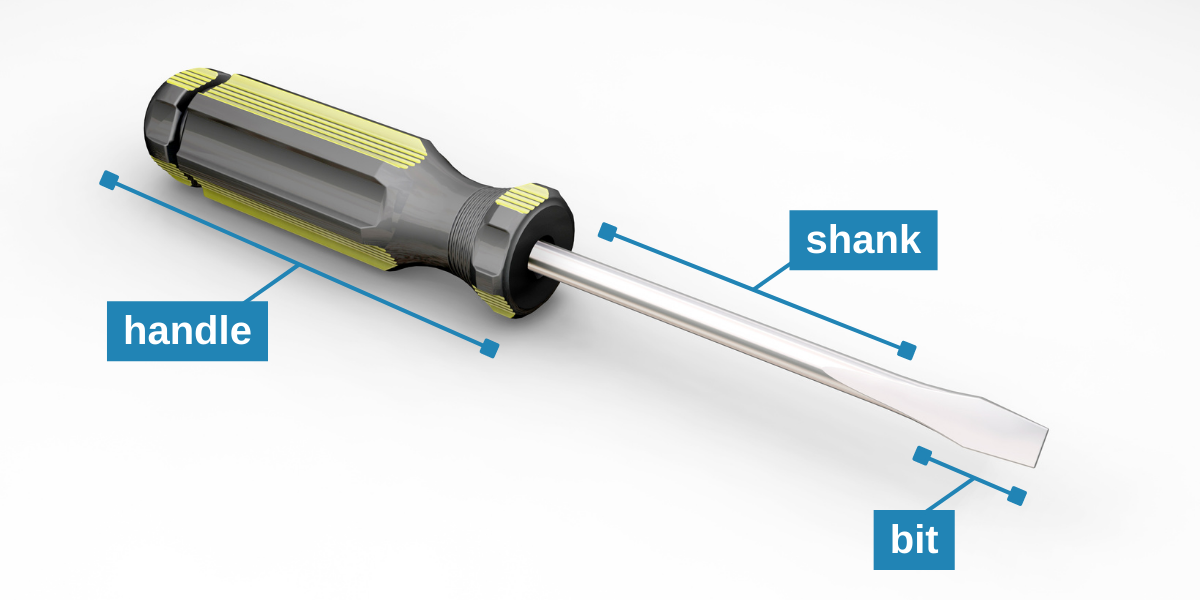
Different Screwdriver Tips
There are dozens of different screws holding everything in our life together. Not only are they different sizes, but they have different head types. This means that there needs to be a screwdriver specially designed to install and remove that screw. Below we’ve covered the most common types you’ll see if you’re working on projects around the house or garage.
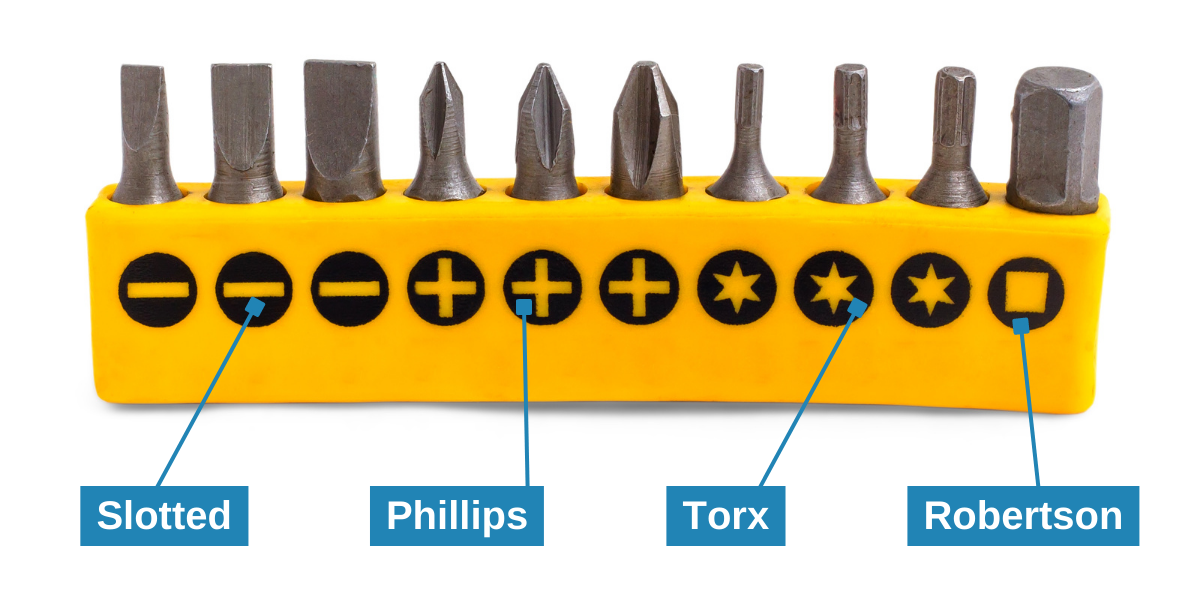
Slotted Screwdrivers
Slotted screwdrivers, also known as flathead screwdrivers, are used with screws that have a linear notch on the screw. They come in a variety of size options depending on the type of work you’re doing. These types of screwdrivers are susceptible to slipping, known as a cam-out, which happens when the required torque is exceeded, or the wrong size of screwdriver head is used. You will most likely use this type of screwdriver with furniture or electronics.
Phillips Screwdrivers
A Phillips screwdriver fits into cross-shaped screws and can handle more torque than the flathead. They are also prone to camming-out. It is important to use the appropriately sized head for the screw, and to turn them slow and steady to avoid slipping or damaging the screw. Pozidriv and JIS (Japanese Industrial Standard) screwdrivers are an updated version of the Phillips but are not interchangeable with Phillips screws. Their revised design allows for better grip and less slipping. Phillips screwdrivers are often needed when repairing your home appliances or carpentry projects.
Torx Screwdrivers
Torx is the trademark name for screwdrivers with a 6-point star shape. The generic name is a star screwdriver. The star-shaped screws can handle more torque and are often used for mechanical applications like cars or motorcycles. This type of screwdriver is less likely to be used for casual jobs around the home, but if you own a set or multi-bit kit, there is likely one included.
Robertson Screwdrivers
This screwdriver is named after the Canadian who invented it but is also known as a square-head screwdriver. It fits into screws with a square-shaped notch, and this shape allows for more torque with reduced slipping. These are more commonly used for furniture or car-related repairs.
Hex Screwdrivers
A hex screwdriver fits into screws with a hexagon-shaped notch, which is different from the six-sided star shape used with a Torx screwdriver. This type of screwdriver is most often used with furniture or home fixtures. A hex key, Allen key, or Allen wrench perform the same way and are often included to assemble the furniture. These are typically a low-quality product and can strip quite quickly. Having a quality hex screwdriver can accomplish the same tasks and will last much longer.
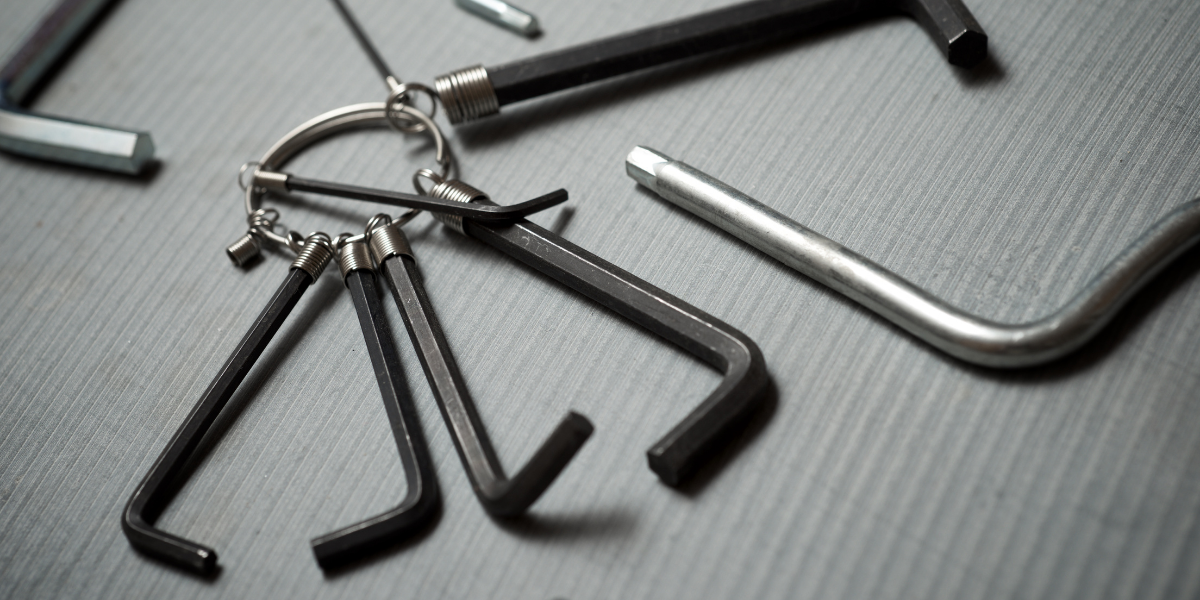
Specialty Types of Screwdrivers
If you’re working on a unique item or perhaps in a difficult location, you may need a specialty screwdriver to get the job done. Here are some of the common ones you may come across.
Rachet Screwdrivers
A ratchet screwdriver will only apply the torque in one direction and will spin freely in the other. This can allow you to quickly drive the screw without the need to constantly lift the screwdriver.
Precision Screwdrivers
These are intended to work on small or delicate objects like jewelry, eyeglasses, watches, or electronics. The different tip types are available but are sized for working on very small screws.
Offset Screwdrivers
This z-shaped screwdriver will let you get into tight areas that even a stubby handle may be too long for. These come with different tip styles, depending on the type of screw you’re using.
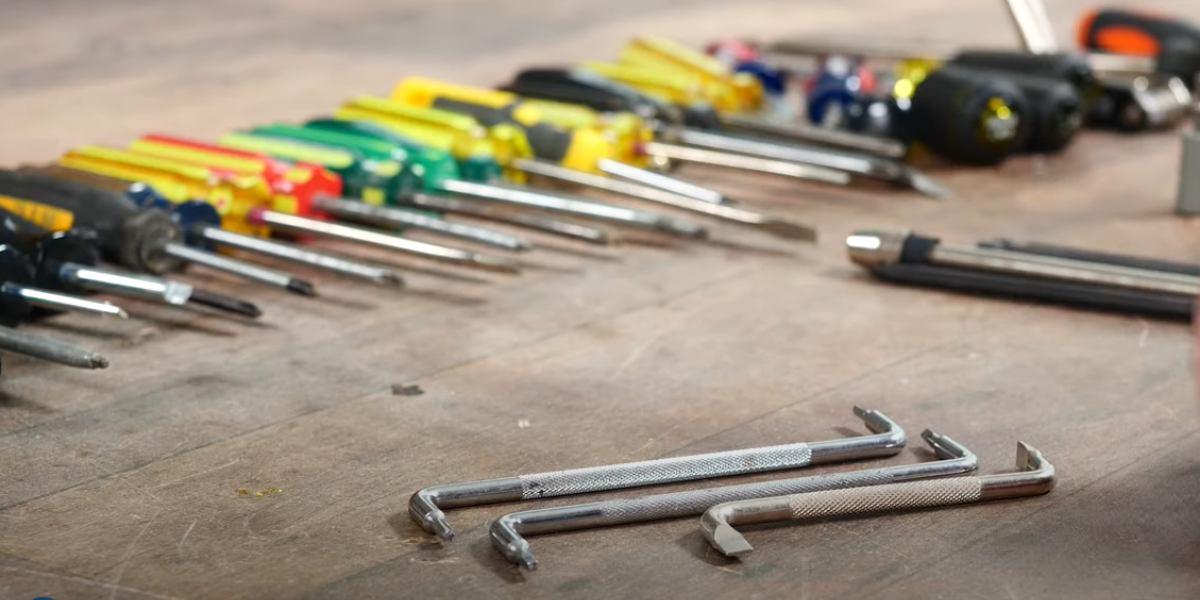
Magnetic Screwdrivers
These screwdrivers have a magnetized tip to prevent you from accidentally dropping the screw.
Electric Screwdrivers
An electric screwdriver works like a drill and can be used to drive or remove screws from the material quickly. These can make for much quicker work and reduce fatigue when installing or removing numerous screws. You will want to be careful when using an electric screwdriver, as the higher torque could end up stripping the screw. You will need either batteries or access to an outlet to use an electric screwdriver, which is a disadvantage over the manual version.
Multibit Screwdrivers
If you’re short on storage space, or only occasionally need a screwdriver, a multi-bit is a great choice. The bits are interchangeable and a multibit usually includes a variety of bit types and sizes. Some versions even store the extra bits inside the handle. These are a great choice for the casual user, but if you find yourself working on more projects, you may want to upgrade to higher-quality dedicated-use screwdrivers.
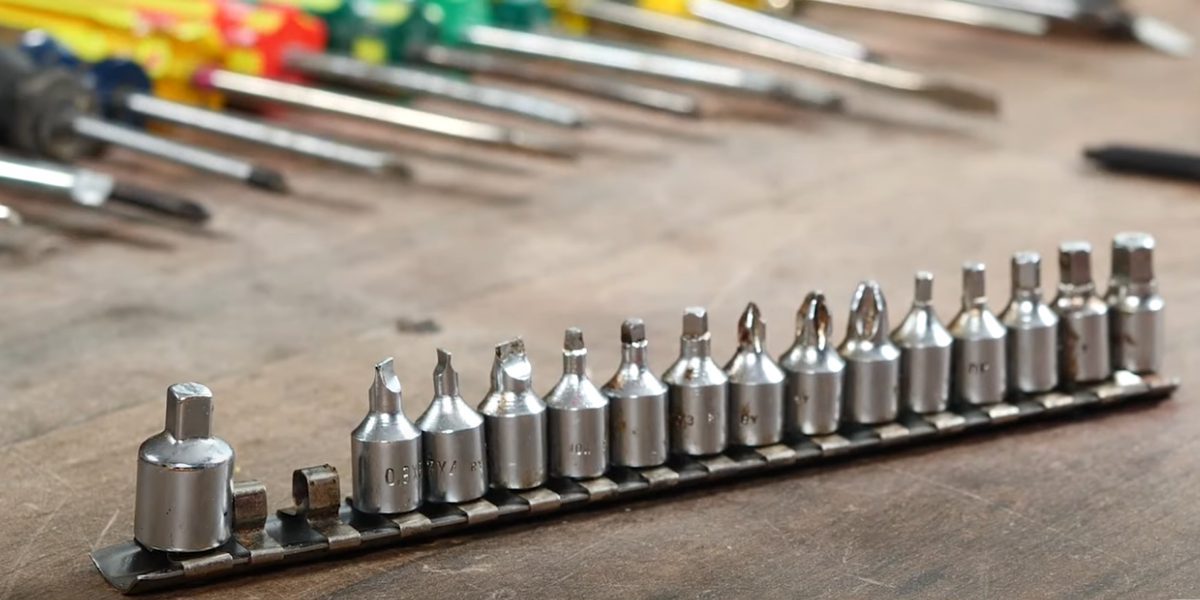
Caring for Your Screwdrivers
If you’re investing in building up your toolkit, you want to take care of your tools! Proper use, storage, and cleaning can help ensure that they last for many years to come.
Use the Proper Screwdriver for the Job
Using the incorrect size of screwdriver can lead to slipping and stripping, which damages both the screw and your screwdriver. Always ensure that you’re using the appropriate size tip for the screw in question. Ensure the tip is making full contact with any corners, and that there is no wiggle room.
Clean Your Tools and File Your Edges
If you notice buildup of material or burrs forming on your screwdriver heads, it’s simple to clean them off. You can use a wire brush to clean the dirt out of the grooves. If you need a bit more power, you can use a wire wheel attachment on a drill. Be sure to wear proper eye protection, as there will be some debris flying off the screwdriver. If the tips are starting to get a bit worn, you can use a file to correct this. Be sure to use the correct angle to get into the edges.
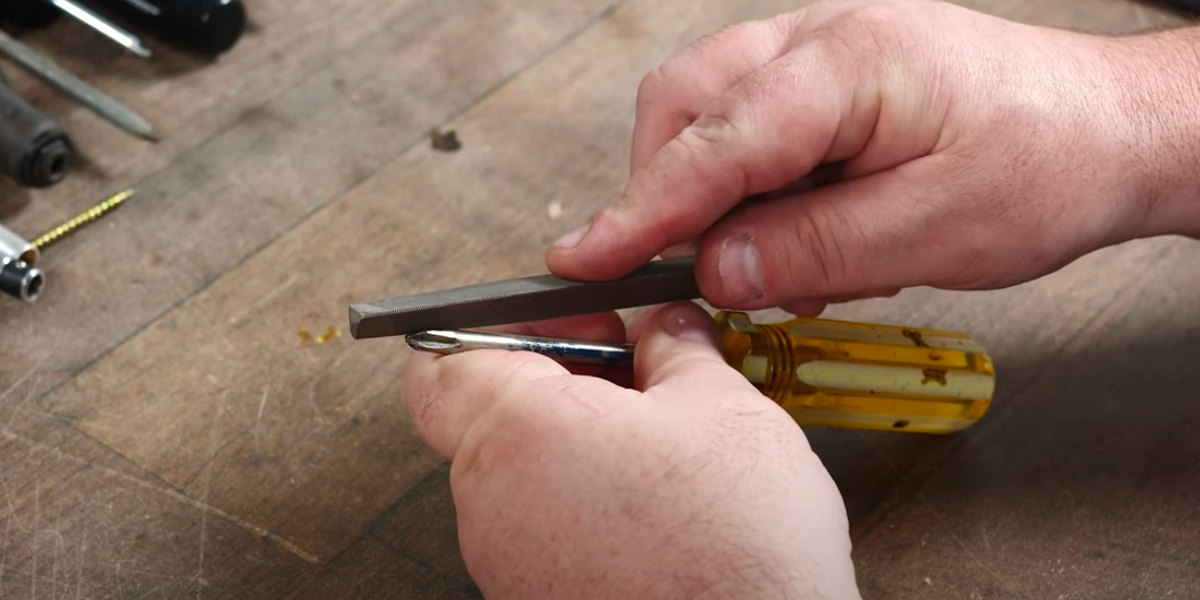
For most projects around the house, the casual user will be fine having a nice multibit screwdriver on hand. This will give you what you need to put together flat-packed furniture or tighten up loose knobs around the kitchen. If you find yourself doing more precise repairs like on your eyeglasses or laptop, a small precision screwdriver kit should be on your shopping list. No matter the project, there’s going to be a screwdriver for the job. Want to learn more about home repairs and DIY projects? Follow us on TikTok for exclusive content!
